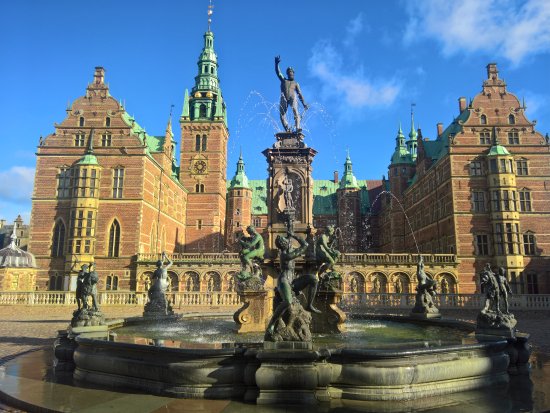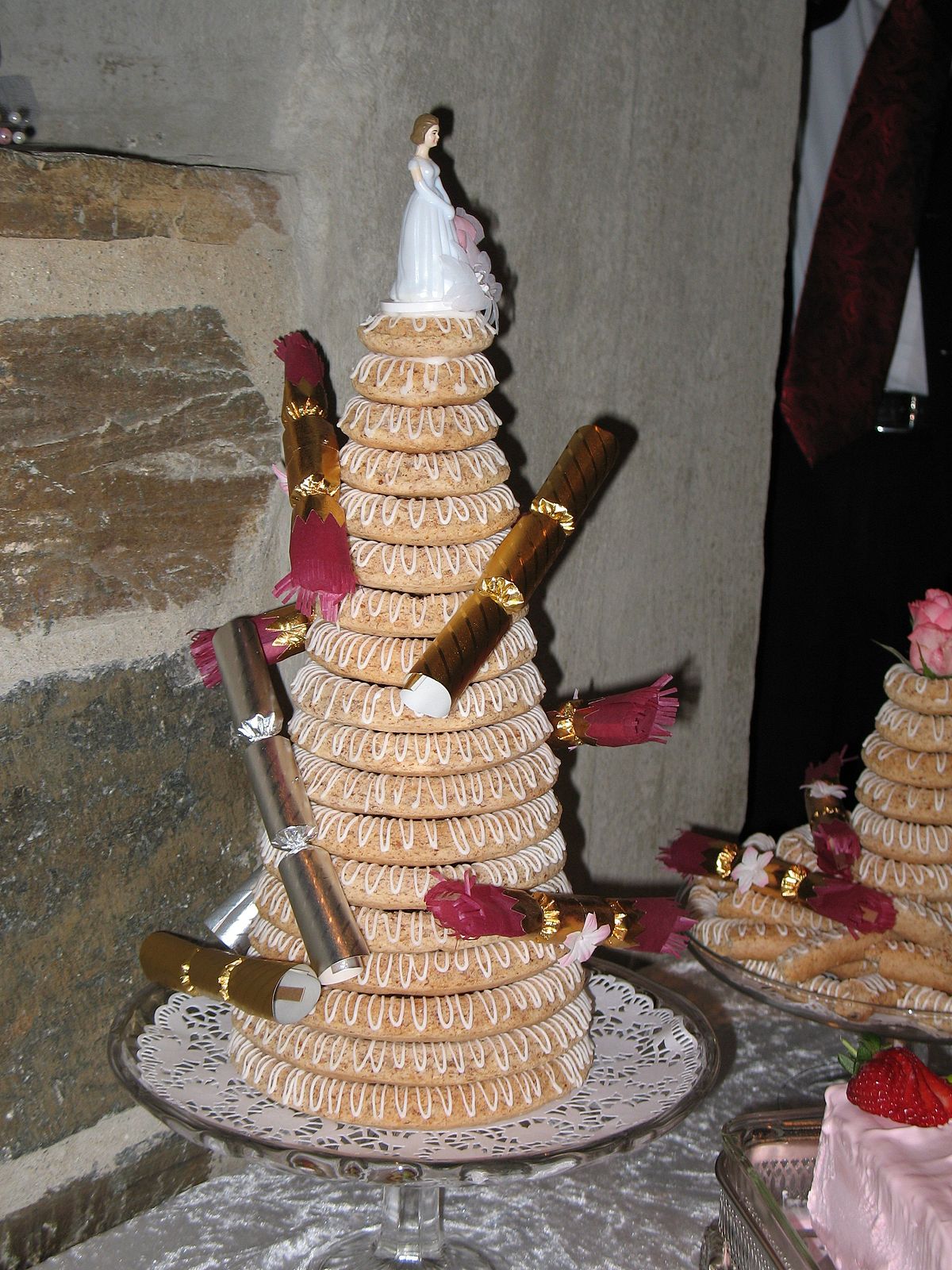Slot Translated To Danish
Posted : admin On 4/8/2022EUdict (European dictionary) is a collection of online dictionaries for the languages spoken mostly in Europe. These dictionaries are the result of the work of many authors who worked very hard and finally offered their product free of charge on the internet thus making it easier to all of us to communicate with each other. Some of the dictionaries have only a few thousand words, others have more than 320,000. Some of the words may be incorrectly translated or mistyped.
Esperanto is only partially translated. Please help us improve this site by translating its interface.
Total number of language pairs: 492
Total number of translations (in millions): 14.3
Options
There are several ways to use this dictionary. The most common way is by word input (you must know which language the word is in) but you can also use your browser's search box and bookmarklets (or favelets).
Slot - WordReference English dictionary, questions, discussion and forums.
This is a consolidated list of castles and palaces in Denmark. The Danish word slot, like the word schloss in the related Germanic language — modern German — can mean either castle, a Country house or palace, in accordance with common English usage. Whenever possible traditional English translations provided by the Danish Palaces and Properties Agency, a national agency maintaining and utilising the states palaces, castles and gardens, have been used to determine whether a property. TRANSLATION FUND Support is provided to foreign publishing houses and theatres that publish works translated from Danish. Support is provided for translation costs of fiction, non-fiction works of.
- Contextual translation of 'slot' from Afrikaans into Danish. Examples translated by humans: MyMemory, World's Largest Translation Memory.
- What does slot mean in English? If you want to learn slot in English, you will find the translation here, along with other translations from Danish to English. We hope this will help you in learning languages.
Look at the complete list of languages: Available language pairs
There are two Japanese-English (and Japanese-French) dictionaries and one contains Kanji and Kana (Kana in English and French pair due to improved searching). For the same reason the Chinese dictionary contains traditional and simplified Chinese terms on one side and Pinyin and English terms on the other.
Browser integration (Search plugins)
Perhaps the best way to enable dictionary search is through integration into the search field of your browser. To add EUdict alongside Google, Yahoo!, Amazon and other search engines in Mozilla Firefox or Internet Explorer, simply click on link after the title Browser integration, select appropriate language pair and confirm your decision. And you're ready to go; select EUdict from the drop-down list in search field (Firefox) or address bar (IE), input a word and press Enter. In Chrome, first click on a language pair and change the search keyword in the field 'Keyword' to a keyword (eg: 'eudict'). Afterwards, you simply type the chosen keyword in the address bar to start the search in the chosen dictionary.
Bookmarklets
There is a way to enable word translation from any page: Bookmarklets. A bookmarklet is a small JavaScript code stored as a bookmark in your browser.
Tips and tricks
If you want to type a character which isn't on your keyboard, simply pick it from a list of special characters. If you are unable to add a bookmarklet in Mozilla Firefox according to the instructions above, there is another way; right click on a link and select Bookmark this link… Now you can drag this link from Bookmarks to the Bookmarks Toolbar.
Instead of clicking the Search button, just press Enter. Although EUdict can't translate complete sentences, it can translate several words at once if you separate them with spaces or commas. Sometimes you can find translation results directly from Google by typing: eudict word. If you are searching for a word in Japanese (Kanji) dictionary and not receiving any results, try without Kana (term in brackets). If you are searching for a word in the Chinese dictionary and not receiving any results, try without Pinyin (term in brackets). Disable spellchecking in Firefox by going to Tools → Options → Advanced → Check my spelling as I type. Why not add a EUdict search form to your web site? Form
Credits


My name is Tomislav Kuzmic, I live in Croatia and this site is my personal project. I am responsible for the concept, design, programming and development. I do this in my spare time. To contact me for any reason please send me an email to tkuzmic at gmail dot com. Let me take this chance to thank all who contributed to the making of these dictionaries and improving the site's quality:

- Goran Igaly – author of the initial English-Croatian database
- Natali Kralj – author of the Dutch-Croatian dictionary
- Jim Breen – author of the Japanese-English dictionary
- Besiki Sisauri – author of the English-Georgian dictionary
- GiorgiChavchanidze – author of the several Georgian dictionaries
- Jerzy Kazojć – for excellent dictionaries collection
- Rajesh – for help with English-Tamil and German-Tamil dictionary
- Chinese-German dictionary adapted from: 'The free Chinese-German dictionary'
- Grazio Falzon – author of the English-Maltese dictionary
- András Tuna – for smart suggestions about improving this site
- Interface translation: Tomislav Kuzmić (Croatian), Vasudevan Tirumurti, Fahim Razick (Tamil), Matti Tapanainen (Finnish), Ebru Bağlan (Turkish), Arsene Ionuț, Cristina Crisan (Romanian), Daiva Macijauskė (Lithuanian), Tetiana M. (Ukrainian), András Tuna (Hungarian), Jakob Lautrup Nysom (Danish), Andre Abdullin, Elena Zvaritch (Russian), Catherine Györvàry (French), Gab M., Klaus Röthig (Portuguese), Marcin Orzełek (Polish), Stefanija Madzoska, Daniel Matrakoski (Macedonian), Selina Lüdecke, P. H. Claus (German), Vangelis Katsoulas (Greek), Roberto Marchesi (Italian), Robin van der Vliet (Esperanto), Reno Rake (Indonesian), Nahuel Rodríguez (Spanish), Gao Pan (Chinese), Hoài Sang Lăng (Vietnamese)
EUdict is online since May 9, 2005 and English<>Croatian dictionary on tkuzmic.com since June 16, 2003.
| Copenhagen Castle | |
|---|---|
Copenhagen Castle painted in 1698 by unknown artist | |
| General information | |
| Town or city | Copenhagen |
| Country | Denmark |
| Construction started | Late 14th century |
| Demolished | 1731 |
Copenhagen Castle (Danish: Københavns Slot) was a castle on Slotsholmen in Copenhagen, Denmark. It was built in the late 14th century at the site of the current Christiansborg Palace.[1]
Slot Translated To Danish Kringle
History[edit]
In 1167, Bishop Absalon (c. 1128–1201) founded a fortress on the islet of Slotsholmen in the harbour of Copenhagen. It consisted of a courtyard with several buildings and surrounded by a wall for protection. During the years after the demolition of Bishop Absalon's Castle by the Hansa League in 1369, the ruins on the island were covered with earthworks, on which the new stronghold, Copenhagen Castle, was built. In 1343 King Valdemar Atterdag took over Absalon's castle, but upon his death in 1375 the right to the property returned to the Diocese of Roskilde.[2][1][3][4]

The castle had a curtain wall and was surrounded by a moat which had an inner diameter of about 50 meters and with a large, solid tower as an entrance gate. The castle was still the property of the Bishop of Roskilde until King Eric of Pomerania usurped the rights to the castle in 1417. The Hanseatic League attacked the castle and in the Bombardment of Copenhagen during the Dano-Hanseatic War (1426–1435). The attack was fought back by in 1428 by Queen Philippa, who led the defense from Copenhagen Castle. [5]
From the middle of the 15th century, the castle served as the Danish monarch's main residence and center of government.The castle was expanded and rebuilt several times. King Christian IV, added a spire to the large entrance tower, which under the name of the Blue Tower gained a reputation as a prison. In the 1720s, King Frederik IV entirely rebuilt the castle, but it became so heavy that the walls began to give way and to crack. It became therefore evident to King Christian VI, Frederik IV's successor, immediately after his accession to the throne in 1730, that an entirely new castle had to be built. The demolition of the overextended and antiquated Copenhagen Castle was commenced in 1731 to make room for the first Christiansborg Palace.[6][7]
| Wikimedia Commons has media related to Copenhagen Castle. |
References[edit]
- ^ ab'Ruins under Christiansborg Palace'.
- ^Kai Hørby. 'Absalon'. Den Store Danske, Gyldendal. Retrieved October 1, 2019.
- ^'Absalon's Castle'. thedanishparliament.dk. Retrieved October 1, 2019.
- ^'Copenhagen Castle'. thedanishparliament.dk. Retrieved October 1, 2019.
- ^Hans Christian Andersen (1868). 'Gudfaders Billedbog'. hcandersen-homepage.dk. Retrieved October 1, 2019.
- ^'The History of Christiansborg'. thedanishparliament.dk. Retrieved October 1, 2019.
- ^'First Christiansborg Palace'. thedanishparliament.dk. Retrieved October 1, 2019.
Other sources[edit]
- Frydendal, Flemming (red) (2005) Ruinerne under Christiansborg (København: Slots- og Ejendomsstyrelsen) ISBN87-990389-4-3
- Hvidt, Kristian; Ellehøj, Svend; Norn, Otto (1975) Christiansborg Slot I-II. Udgivet af Folketingets præsidium (København: Nyt Nordisk Forlag Arnold Busck) ISBN87-1701955-9
Coordinates: 55°40′38″N12°34′48″E / 55.67722°N 12.58000°E